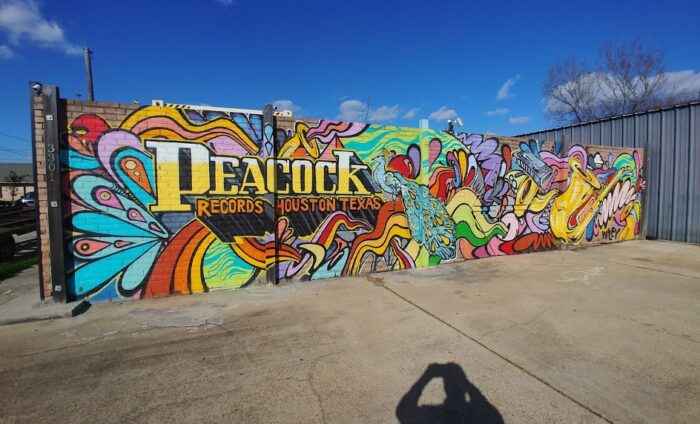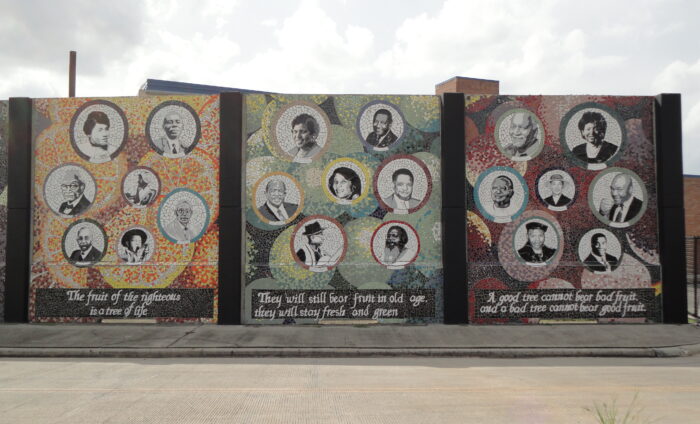The Fifth Ward is located east of downtown Houston and is bounded by Buffalo Bayou on the south, Lockwood Drive on the east, Liberty Road on the north, and Jensen Drive on the west.
Brief History
One of Houston’s original six wards, the site was sparsely inhabited before the Civil War. It was subsequently settled by freedmen and became known as the Fifth Ward in 1866, when an alderman was elected to represent the community in the Houston city government.
At the time, half the population was African-American and half Anglo. By 1870, the population of the ward comprised 561 white and 578 black residents. Two schools, one black and one white, corresponded to the roughly equal segments of the ward’s population in 1876. Mount Vernon United Methodist Church, founded in 1865 by former slave Rev. Toby Gregg, is the oldest institution in the ward. Five other churches are over 100 years old: Pleasant Grove Baptist, Mount Pleasant Baptist, Sloan Memorial United Methodist, Payne Chapel Methodist, and First Shiloh Baptist. The Fifth Ward was also the site of a saloon named for Carry Nation, which, after considerable damage resulting from a dispute with the owner over the name, was subsequently known as the “Carnation.”
In the 1880s, the ward enjoyed a boom following the construction of repair shops for the newly built Southern Pacific Railroad. Growth was interrupted by a fire in 1891 at the Phoenix Lumber Mill and another in 1912 that burned 119 houses, 116 boxcars, nine oil tanks, thirteen plants, and St. Patrick’s Catholic Church and school.
Eventually, the Fifth Ward population became predominantly black. Frenchtown, a four, square block neighborhood in the ward; 500 blacks of French and Spanish descent from Louisiana organized a community in 1922. Black-owned businesses, including a pharmacy, a dentist’s office, an undertaking parlor, a theater, and several barbershops, operated after 1900 on Lyons Avenue and numbered forty by 1925. Working-class blacks were primarily employed within walking distance of the ward; many worked for the Southern Pacific Railroad or at the Houston Ship Channel. Others commuted across town to work as domestics and servants for wealthy Houstonians. By 1927 Phillis Wheatley High School in the ward, with 2,600 students and sixty teachers, was one of the largest black high schools in America. Other new businesses developed in the 1930s, including printing plants, photography studios, and the Club Matinee, which came to be known as the Cotton Club of the South. Local businessman Grand Duke Crawford organized the Fifth Ward Civic Club.
In the 1990s and 2000s, the area saw significant housing and commercial growth as the Fifth Ward Community Redevelopment Corporation, organized in 1989, worked to revitalize the neighborhood through new home construction as well as an increased focus on job training, access to technology, and access to the arts. A cultural arts festival celebrated the artistic, culinary, and musical heritage of the area. By 2000, the neighborhood had an estimated population of 22,000.
Courtesy of Super Neighborhood 55, City of Houston website
Peacock Records / LOVE / Fifth Ward
3301 Cline St Houston TX United StatesFifth WardHealing Hands
3811 Lyons Ave Houston TX United States



